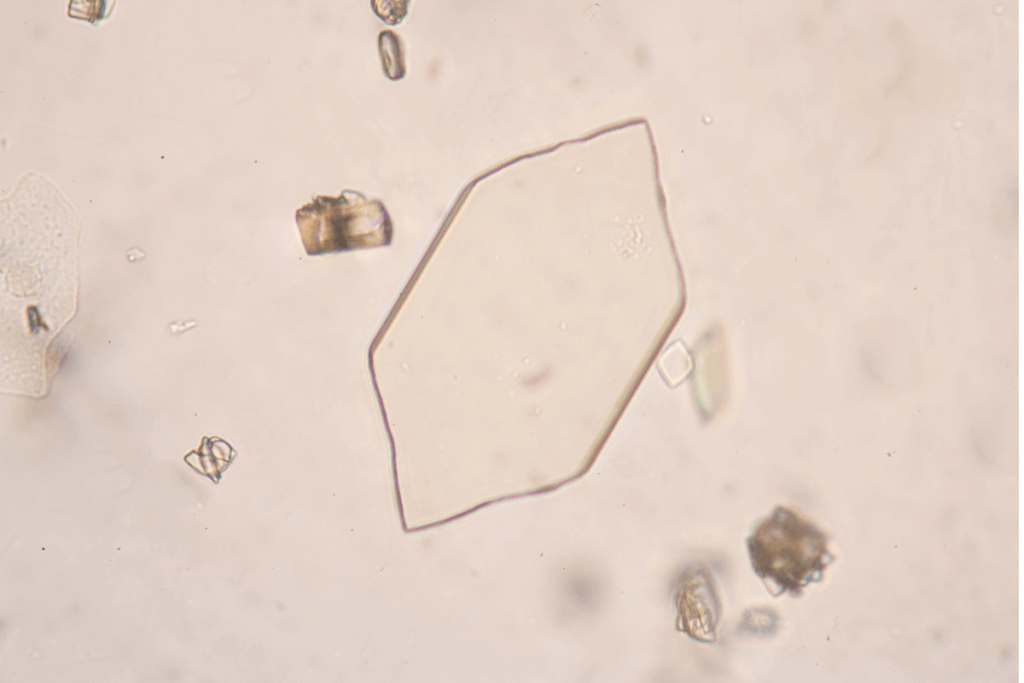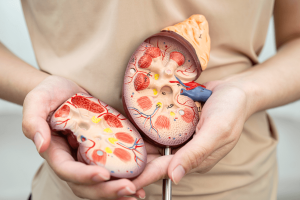
Excess nitrogen from the breakdown of purine and protein is excreted as uric acid, urea, or ammonia. Aquatic animals primarily release ammonia, mammals mainly excrete urea, while birds and reptiles eliminate the poorly soluble uric acid in the solid form as urates. In humans, decreased uricase enzyme activity leads to higher levels of uric acid, contributing to conditions such as kidney stones and gout. However, uricotelic animals efficiently manage large uric acid loads.
A recent research published in the Journal of the American Chemical Society examined a larger group of more than 20 reptile species, including ball pythons. This study showed that many reptiles produce microspheres of uric acid monohydrate (UAM) nanocrystals, with some species excreting them directly, and others using them to regulate ammonia through an adaptive recrystallization process.
In this study, ball pythons were used as a model for studying urate microspheres due to their predictable two-step elimination pattern. Scanning electron microscopy (SEM) analysis demonstrated that both U1 and U2 urates consist of 1 to 10 µmm microspheres made of densely packed nanocrystals measuring a length of 180±10 nm and a width of 40±10 nm. Some microspheres appeared solid, while others were porous. Powder X-ray diffraction (PXRD) analysis confirmed a single strong peak consistent with UAM, which was supported by different analysis techniques like LC-MS, thermogravimetry, and FTIR. These results suggested that reptiles produced UAM nanoparticles, which were later assembled into variable-sized microspheres for the excretion process.
Reptiles also use urate excretion to partially manage salts. SEM-XRD of ball python, tree boa, and Angolan python showed low levels of magnesium, sodium, and calcium. Similar variations were observed in birds, suggesting diet-related differences. Because UAM nanocrystals have a high surface area and are ionizable, they can bind or release the ions, forming an adaptive osmoregulatory system.
Uric acid appears in several crystal forms, but UAM was mostly produced in reptiles. It was highly soluble but unstable; slowly, it was changing into uric acid dihydrate or anhydrous form. Environmental factors like heat, water content, storage time, and water content conditions speed up this change, often producing a harder outer layer while inner microspheres remain as UAM.
Most modern snakes excrete a single granular urate, mainly composed of mixed ammonium urate forms. A small number of other crystals, such as uric acid dihydrate, were observed under microscopy. Their presence among various reptile species suggests a shared evolutionary nitrogen waste handling system, where soluble UAM nanocrystals support both water and ammonia regulation.
UAM microspheres help neutralize this toxicity by reacting with ammonia to form the less water-soluble ammonium urate and producing granular waste that was easily eliminated. Experiments demonstrated that Python UAM microspheres readily transfer into ammonium urate when exposed to ammonium hydroxide. This adaptive system highlights uric acid as a broader biological role in ammonia detoxification and may help explain the evolutionary reduction of uricase enzyme activity in humans.
Reference: Thornton AM, Fawcett TG, Rutledge AK, Schuett GW, Swift JA. Uric acid monohydrate nanocrystals: An adaptable platform for nitrogen and salt management in reptiles. J Am Chem Soc. 2025;147(44):40236-40243. doi:10.1021/jacs.5c10139.












